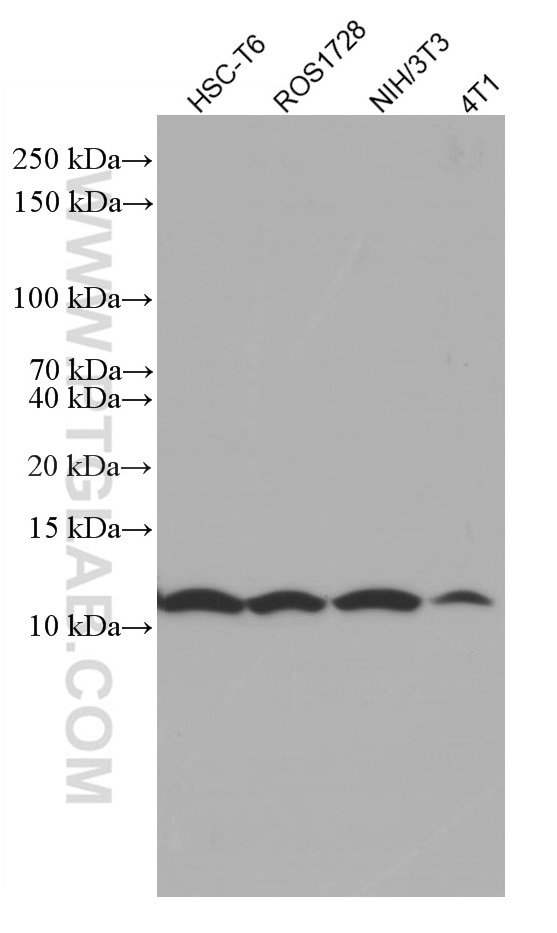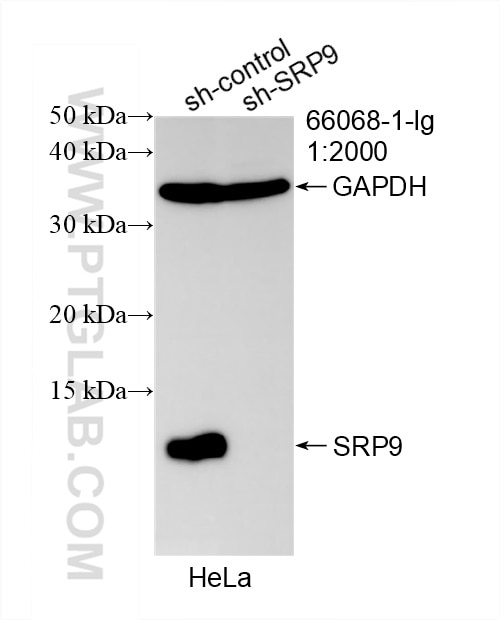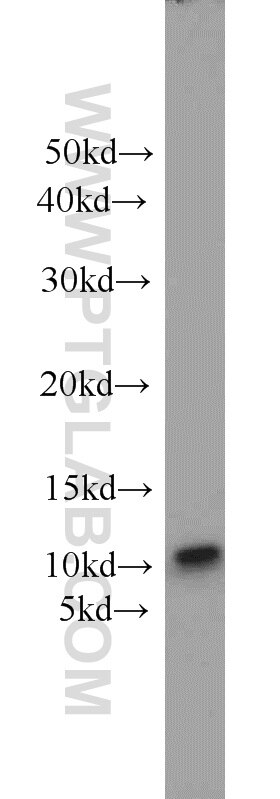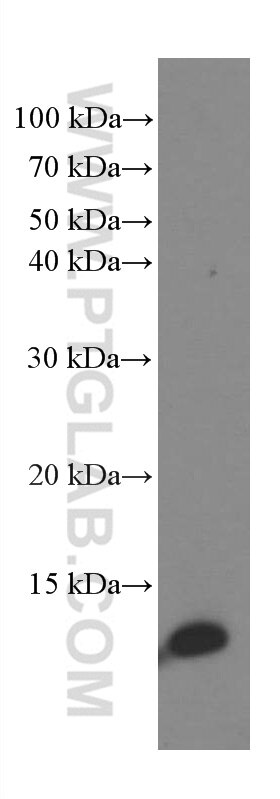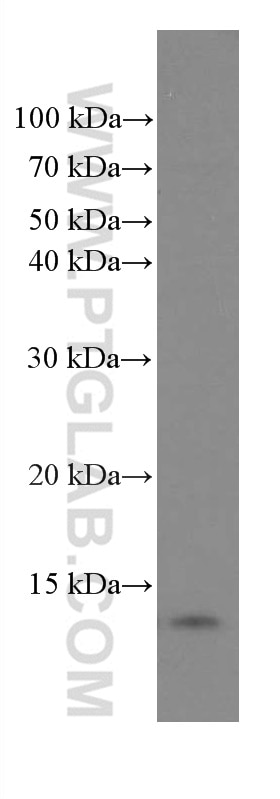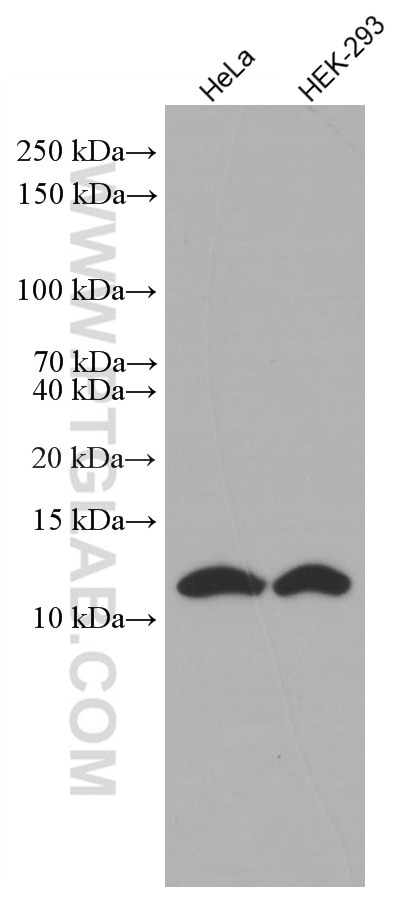- Phare
- Validé par KD/KO
Anticorps Monoclonal anti-SRP9
SRP9 Monoclonal Antibody for WB, ELISA
Hôte / Isotype
Mouse / IgG2a
Réactivité testée
Humain, rat, souris
Applications
WB, ELISA
Conjugaison
Non conjugué
CloneNo.
1H7G10
N° de cat : 66068-1-Ig
Synonymes
Galerie de données de validation
Applications testées
| Résultats positifs en WB | cellules HSC-T6, cellules 4T1, cellules HEK-293, cellules HeLa, cellules NIH/3T3, cellules ROS1728 |
Dilution recommandée
| Application | Dilution |
|---|---|
| Western Blot (WB) | WB : 1:1000-1:4000 |
| It is recommended that this reagent should be titrated in each testing system to obtain optimal results. | |
| Sample-dependent, check data in validation data gallery | |
Informations sur le produit
66068-1-Ig cible SRP9 dans les applications de WB, ELISA et montre une réactivité avec des échantillons Humain, rat, souris
| Réactivité | Humain, rat, souris |
| Hôte / Isotype | Mouse / IgG2a |
| Clonalité | Monoclonal |
| Type | Anticorps |
| Immunogène | SRP9 Protéine recombinante Ag17153 |
| Nom complet | signal recognition particle 9kDa |
| Masse moléculaire calculée | 10 kDa |
| Poids moléculaire observé | 10 kDa |
| Numéro d’acquisition GenBank | BC015094 |
| Symbole du gène | SRP9 |
| Identification du gène (NCBI) | 6726 |
| Conjugaison | Non conjugué |
| Forme | Liquide |
| Méthode de purification | Purification par protéine A |
| Tampon de stockage | PBS avec azoture de sodium à 0,02 % et glycérol à 50 % pH 7,3 |
| Conditions de stockage | Stocker à -20°C. Stable pendant un an après l'expédition. L'aliquotage n'est pas nécessaire pour le stockage à -20oC Les 20ul contiennent 0,1% de BSA. |
Informations générales
Signal recognition particle 9(SRP9) is component of the signal recognition particle (SRP), which is a ribonucleoprotein complex that mediates the targeting of proteins to the rough endoplasmic reticulum (ER). SRP9 form a heterodimer with SRP14, which involves in arrest of the elongation of the nescent chains during targeting to ensure efficient translocation of the preprotein.
Protocole
| Product Specific Protocols | |
|---|---|
| WB protocol for SRP9 antibody 66068-1-Ig | Download protocol |
| Standard Protocols | |
|---|---|
| Click here to view our Standard Protocols |
